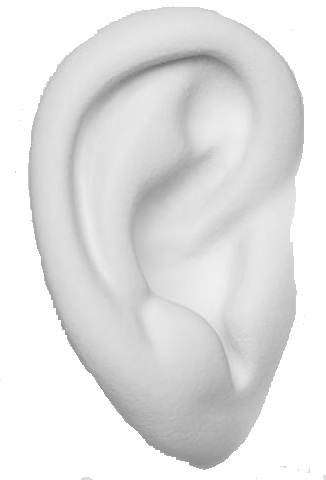

I remember when I was 12 years old, and I started playing tympani and percussion, and my teacher said, “Well, how are we going to do this? You know, music is about listening.” “Yes, I agree with that. So what’s the problem?” And he said, “Well, how are you going to hear this? How are you going to hear that?” And I said, “Well, how do you hear it?” He said, “Well, I think I hear it through here.” (Glennie pointed her ear.) And I said, “Well, I think I do too -- but I also hear it through my hands, through my arms, cheekbones, my scalp, my tummy, my chest, my legs and so on.”

The performer is in the worst possible position for the actual sound; they’re hearing the contact of the stick on the drum, or the mallet on the bit of wood, or the bow on the string, et cetera. Or the breath that’s creating the sound from wind and brass. They’re experiencing that rawness there. But yet they’re experiencing something so unbelievably pure, which is before the sound is actually happening. Please take a note of the life of the sound after the actual initial strike, or breath, is being pulled.
The second reason we use another way to listen is that music is the means of communication. Music transmits something with sounds and people make an effort to understand them. In other words, we learn about music in order to communicate with others. Most people know it, so people do their best to understand it and lose their opportunity to focus on the music. It is similar that a player spoils his musical performance since he just focuses on his accurate pose when he plays. Glennie said that the audience doesn’t need to understand the feelings of the player, even though the player performs with sadness or happiness. She stressed again, you don’t focus on the specific part such as the ear, you just feel and enjoy the moment when the sound tells you. Open your whole body. Following the sound and let the body just on the life of sounds.



